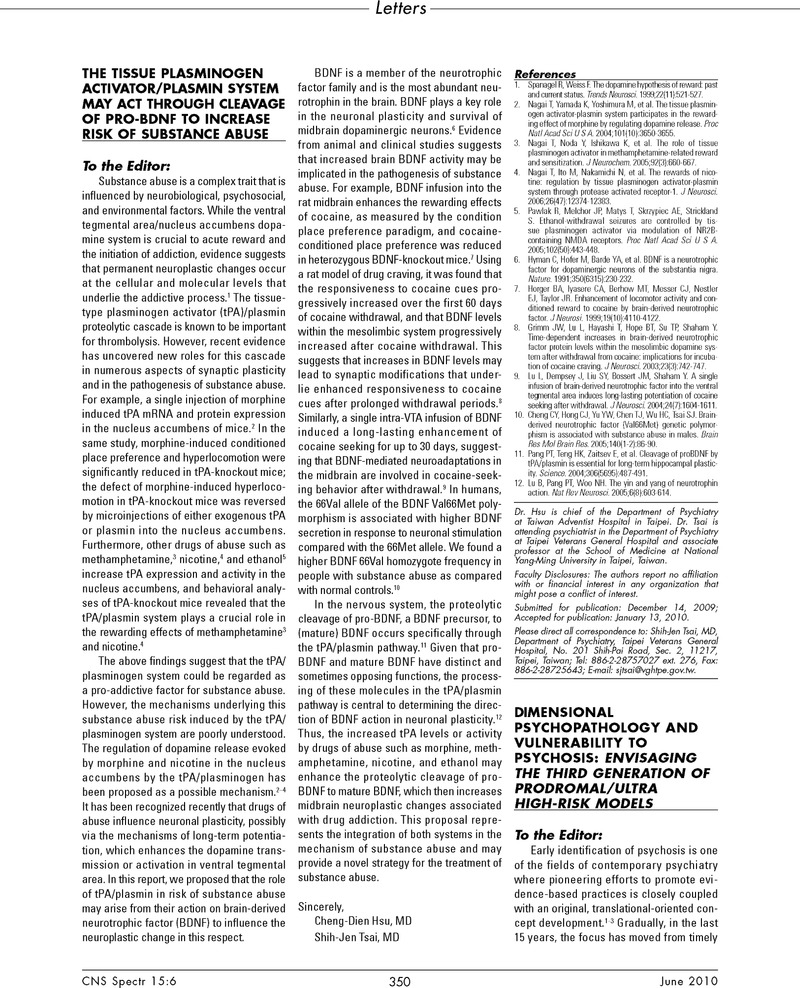Crossref Citations
This article has been cited by the following publications. This list is generated based on data provided by Crossref.
Angelucci, Francesco
Čechová, Kateřina
Průša, Richard
and
Hort, Jakub
2019.
Amyloid beta soluble forms and plasminogen activation system in Alzheimer’s disease: Consequences on extracellular maturation of brain‐derived neurotrophic factor and therapeutic implications.
CNS Neuroscience & Therapeutics,
Vol. 25,
Issue. 3,
p.
303.
Angelucci, Francesco
Veverova, Katerina
Katonová, Alžbeta
Vyhnalek, Martin
and
Hort, Jakub
2023.
Serum PAI-1/BDNF Ratio Is Increased in Alzheimer’s Disease and Correlates with Disease Severity.
ACS Omega,
Vol. 8,
Issue. 39,
p.
36025.



